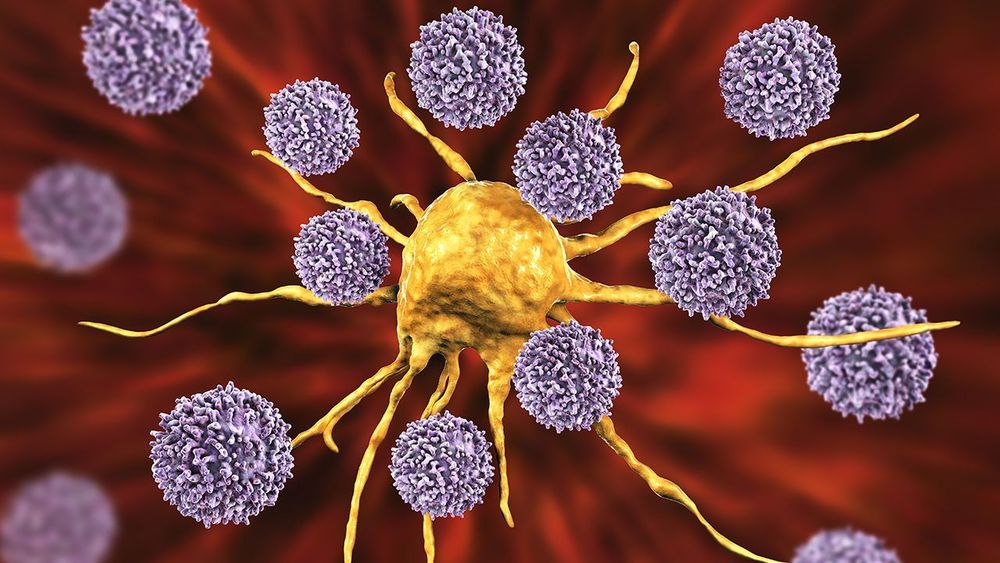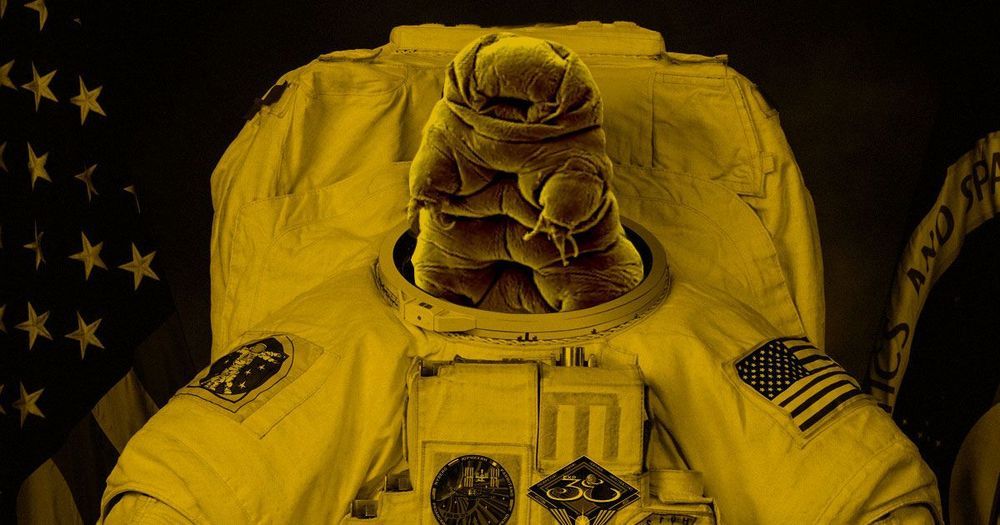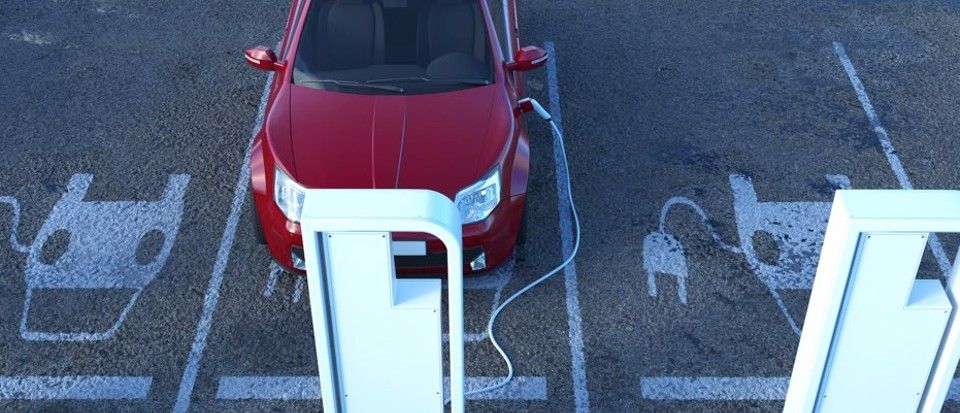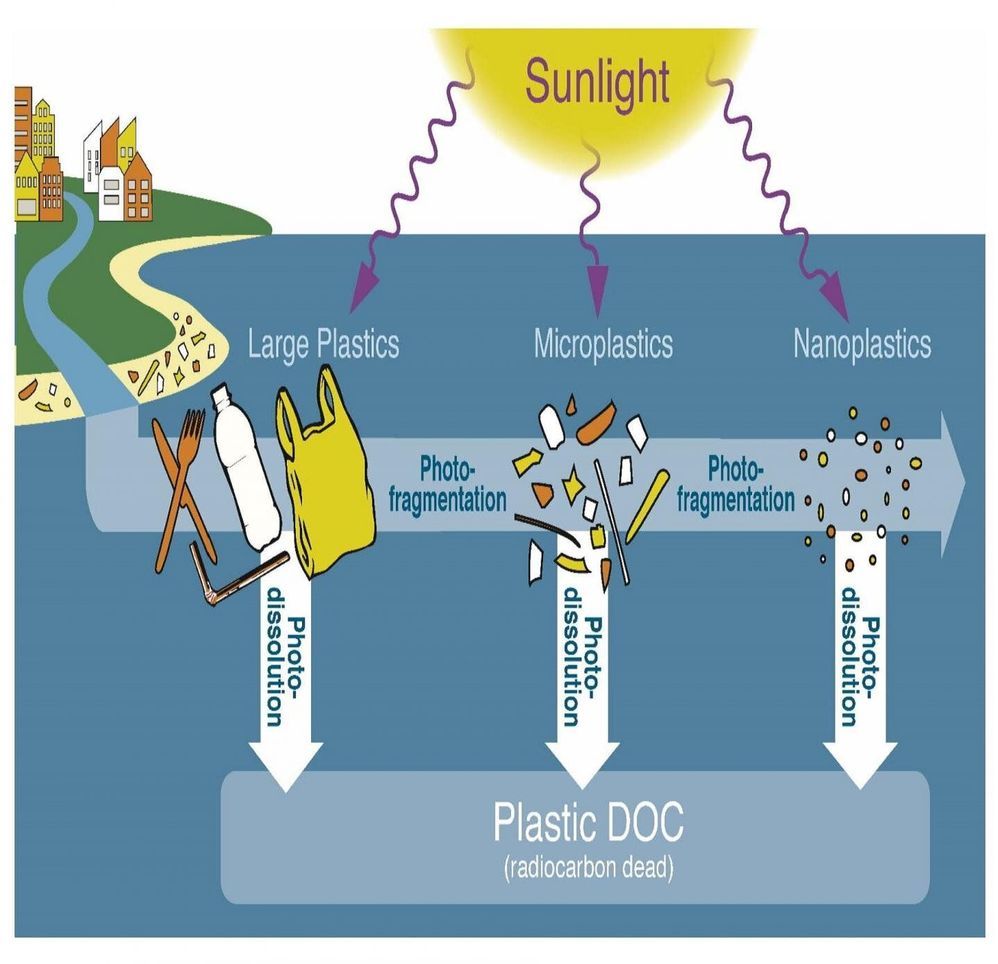Nov 7, 2019
Mathematics at the speed of light
Posted by Quinn Sena in categories: augmented reality, mathematics, nanotechnology, robotics/AI
AMOLF researchers and their collaborators from the Advanced Science Research Center (ASRC/CUNY) in New York have created a nanostructured surface capable of performing on-the-fly mathematical operations on an input image. This discovery could boost the speed of existing imaging processing techniques and lower energy usage. The work enables ultrafast object detection and augmented reality applications. The researchers publish their results today in the journal Nano Letters.
Image processing is at the core of several rapidly growing technologies, such as augmented reality, autonomous driving and more general object recognition. But how does a computer find and recognize an object? The initial step is to understand where its boundaries are, hence edge detection in an image becomes the starting point for image recognition. Edge detection is typically performed digitally using integrated electronic circuits implying fundamental speed limitations and high energy consumption, or in an analog fashion which requires bulky optics.


















